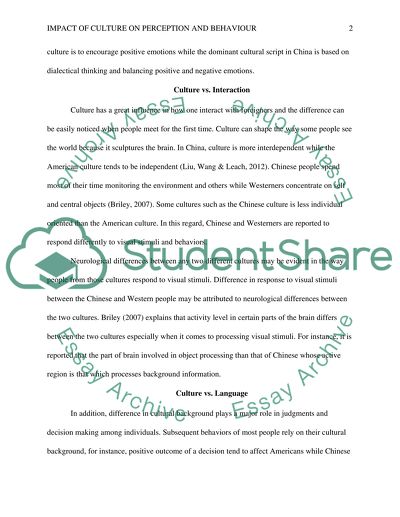Cite this document
(“Impact of Culture on Perception and Behavior Essay”, n.d.)
Impact of Culture on Perception and Behavior Essay. Retrieved from https://studentshare.org/journalism-communication/1655394-impact-of-culture-on-perception-and-behavior
Impact of Culture on Perception and Behavior Essay. Retrieved from https://studentshare.org/journalism-communication/1655394-impact-of-culture-on-perception-and-behavior
(Impact of Culture on Perception and Behavior Essay)
Impact of Culture on Perception and Behavior Essay. https://studentshare.org/journalism-communication/1655394-impact-of-culture-on-perception-and-behavior.
Impact of Culture on Perception and Behavior Essay. https://studentshare.org/journalism-communication/1655394-impact-of-culture-on-perception-and-behavior.
“Impact of Culture on Perception and Behavior Essay”, n.d. https://studentshare.org/journalism-communication/1655394-impact-of-culture-on-perception-and-behavior.


